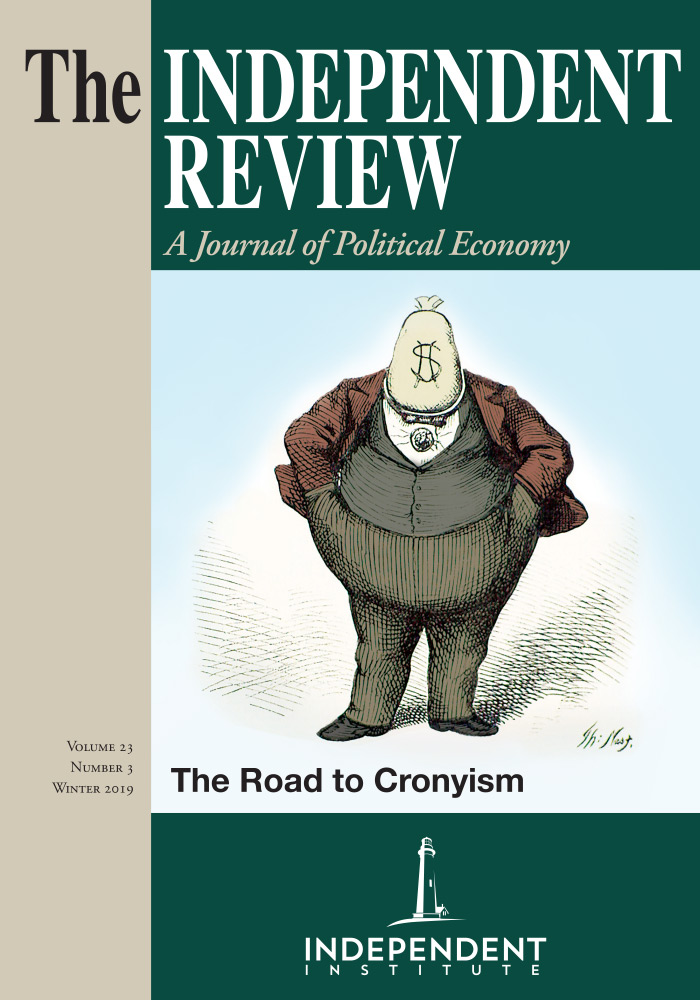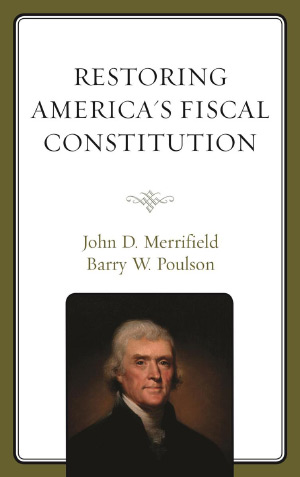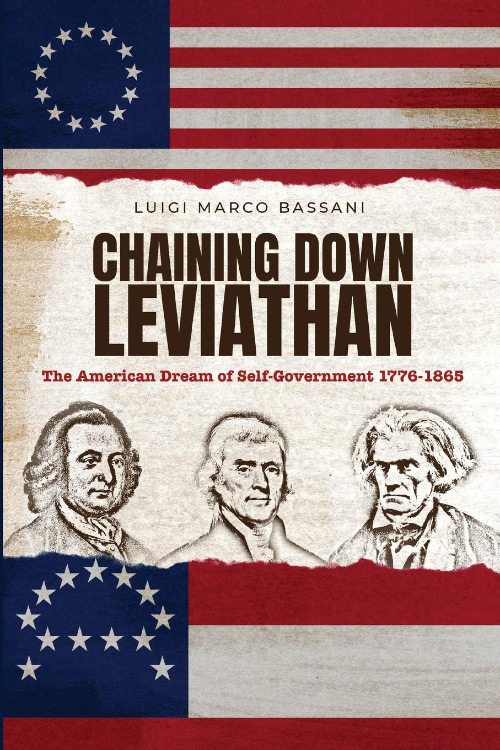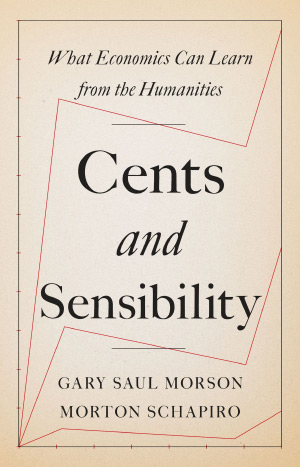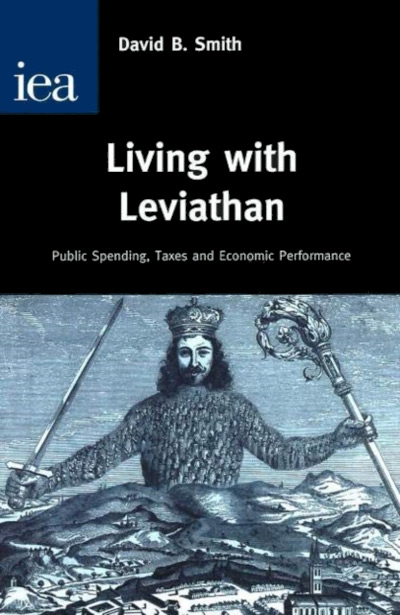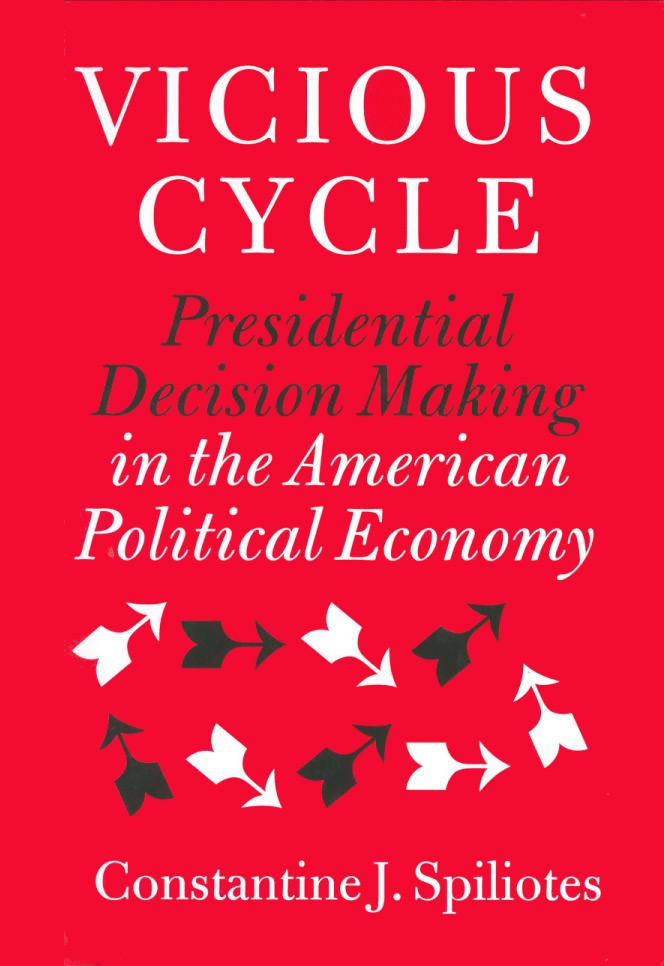Mark Twain once quipped that he was tired of New Englanders complaining endlessly about the weather but doing nothing about it. The same could be said of fiscal worrywarts who warn endlessly about chronic deficit spending, mounting public debts, and “imminent” default but offer no remedies.
No such charge can be lodged against Professors John D. Merryfield and Barry W. Poulson, who give a fine account of recent global policy experience with various fiscal rules (especially “debt brakes”) and then provide a detailed econometric simulation demonstrating how the United States today would be better off fiscally had it adopted a few simple fiscal rules beginning two decades ago. Federal debt now would be about $10 trillion—only 54 percent of gross domestic product (GDP) instead of 105 percent. Federal outlays would now represent 19 percent of GDP instead of 24 percent, helped in part by faster economic growth. The coauthors, convinced that U.S. bankruptcy is nigh, nonetheless say a fix is still possible—if we alter the U.S. Constitution.
The book’s first chapter is its weakest, but thereafter the volume improves quickly and considerably. The authors begin with the supposed “theoretical foundations” of America’s “fiscal constitution” (p. 1) but without defining the latter (it is, they hint, “unwritten” [p. xiii]). Next come accurate but meandering accounts of Keynesianism, monetarism, the thesis of “Ricardian equivalence” (that public spending detracts from the economy, regardless of how financed), political-manipulated business cycles, and the median-voter theorem. These topics are interesting, but none is shown to bear directly on the book’s theme: that America is in fiscal peril but can be rescued if it wishes to be. The authors also baldly and mistakenly presume that electorates are more fiscally conservative than the politicians they elect and more so even than efficiency-focused public-finance experts and practitioners. Blaming chronic fiscal imbalances on political elites, they insist that fiscal rectitude would be the norm if only we had a more direct democracy, with citizens voting on fiscal policies through ballot-based referenda and plebiscites.
In this respect, the authors declare themselves to be more Jeffersonian than Hamiltonian, which is fitting to the extent that they are fans of unlimited majority rule; but the public-choice school of political economy, to which they also pledge allegiance, makes clear that fiscal profligacy is the fault mainly of populist systems of democracy, not of more “elitist” constitutionally limited commercial republics. The seminal book by James Buchanan and Richard Wagner that critiques prevailing Keynesian notions and laments the end of the “old-time fiscal religion” (of budget balance) is titled Democracy in Deficit (Indianapolis, Ind.: Liberty Fund, 1977). Fiscal rectitude and the just servicing of debts are more the philosophy of Hamilton than of Jefferson.
The authors are right to explain later in the book that from the founding of the United States and the framing of its constitution in the late eighteenth century until at least World War II, the norm was budgetary balance over the course of a business cycle. Budget deficits might emerge, and public debts might accumulate amid periodic recessions, but subsequent economic expansions would generate surpluses, the proceeds of which would go to debt reduction. With expansions lasting longer than recessions, government needn’t resort to chronic deficit spending or debt buildups. Even vast war debts were manageable if wars were brief and savings from demobilization were applied to debt service. The “golden rule” of public finance (p. 34) was another norm: debt proceeds shouldn’t be used for short-term or consumptive purposes (transfers) but only for investment in public capital goods (infrastructure) that benefited both future and current citizens. Such goods, by boosting productivity, facilitated tax paying and debt servicing.
The book’s intermediate and substantive chapters examine the “new era of fiscal rules” (pp. 21–40), including the role such rules play (whether in the observance or in the breach) in Europe and the United States. The authors identify a fiscal sea change beginning in the early 1970s; prior to that decade, budget balance over the course of a cycle was the peacetime norm, but since then the fiscal norm has been chronic deficit spending and debt buildups, even amid peacetime. The authors declare these practices “unsustainable” and fear (unspecified) consequences of “national bankruptcy” (p. 100). They accurately attribute the fiscal trend to the inexorable expansion and rising expense of welfare-state “entitlement” programs and the concomitant insufficiency of tax revenues to pay for them; whether persistent deficits result because politicians refuse to impose the necessary taxes or because taxpayers refuse to pay them, they do not say. Although the authors warn against fiscal profligacy, they also condone or endorse at least three major policies that contribute to it: deficit spending during recessions (supposedly to boost the economy), nondiscretionary federal spending (on budget-busting entitlement programs), and deliberate inflation (via central-bank targeting). None of these key features of the contemporary fiscal state is addressed by their proposed fiscal rules.
The most important value in the book is the discussion and explanation of the so-called debt brakes that have been adopted in recent decades by Sweden (1997), Switzerland (2003), Germany (2009), and a few other nations. Interest in such “brakes” intensified after European welfare states suffered unexpected (for them) debt crises in the early 1990s when both borrowing levels and costs skyrocketed. For decades, mainstream economists had insisted that welfare states were perfectly affordable and sustainable, that Keynesian fiscal policies embodied “automatic stabilizers” (p. 4) for the economy, and that deficit spending would cure recessions by boosting demand. But then deficit spending became permanent, public debts soared relative to GDP, and interest rates climbed—causing instability.
How have contemporary fiscal rules been designed, and what effect have they had? The authors join fiscal experts in relying on studies that identify two tolerable (nondestabilizing) fiscal ratios: budget deficits and accumulated public debts no more than 3 percent and 60 percent of GDP, respectively. Most fiscal rules (including debt brakes) use such thresholds as triggers for various remedial measures, whether reduced rates of public spending or higher taxes or both. Rarely do the rules mandate the termination of public programs or the privatization of state services or assets; typically, they provide for budget surpluses to be stashed away in “rainy day” funds and spent only during recessions. Yet the rules also lack explicit enforcement mechanisms or punishments for rule breakers (a problem the authors largely ignore). The most effective rules are codified constitutionally, the authors say, not just statutorily.
Merryfield and Poulson offer some evidence that the new fiscal rules, where adopted, have been effective in curbing rates of deficit spending and restraining growth in debt/GDP ratios, but, frankly, most of the improvements seem to have occurred during economic expansions. Nor have the new fiscal rules materially boosted economic growth rates or reduced the size and scope of government to the point where entitlements are affordable or sustainable. Fiscal rules adopted mainly to avoid high-cost public borrowing and national bankruptcy aren’t good for nothing, of course, but nor are they necessarily good for those forced to shoulder the high tax burdens that budgetbalancing welfare states require.
According to the authors, it seems the more that public budgets have been out of balance in recent decades, the more various budget reforms and rules have been proposed, occasionally adopted, and almost always ignored or disobeyed. On this, Merryfield and Poulson are clear—and give plenty of (discouraging) evidence. They remind us of the many failed efforts by American citizens to add a balanced-budget amendment to the U.S. Constitution, yet they remain optimistic that Article V of the Constitution allows for a special, narrowly circumscribed “convention of states” that will propose and adopt fiscal rules and a debt brake akin to the one adopted by Switzerland (in an 85 percent approval referendum vote). It’s a long shot, they admit, because although “the people” may want it, most politicians, economists, and fiscal experts do not.
The search for fixed fiscal rules amid widespread fiscal profligacy is certainly understandable; it’s akin to the better-known search for fixed monetary rules amid widespread arbitrary monetary policy making. Although the authors neglect to discuss central banking and the state control of money, it should be obvious that both of these mechanisms facilitate deficit sending, provide a demand for cascading debt, artificially lower borrowing costs, and help forestall explicit public-debt defaults. Astute readers should find no coincidence in the fact that the gold-exchange standard and the “golden rule of public finance” (balanced budgets) were abandoned simultaneously in the early 1970s. Once the monetary handcuffs were gone, so was the incentive to care a whit about fiscal rectitude. We live in an age of near-unlimited policy discretion in both the fiscal realm and the monetary realm. We have rulers without rules. Given this context, the able and heartfelt performance of these two good professors is welcomed.
| Other Independent Review articles by Richard M. Salsman | ||
| Fall 2024 | Nozick on Taxation: The Necessity of Funding the Legitimate State | |
| Summer 2024 | Life After Capitalism: The Meaning of Wealth, the Future of the Economy, and the Time Theory of Money | |
| Fall 2023 | Alexander Hamilton as Economist: A Proper Verdict | |
| [View All (5)] | ||

